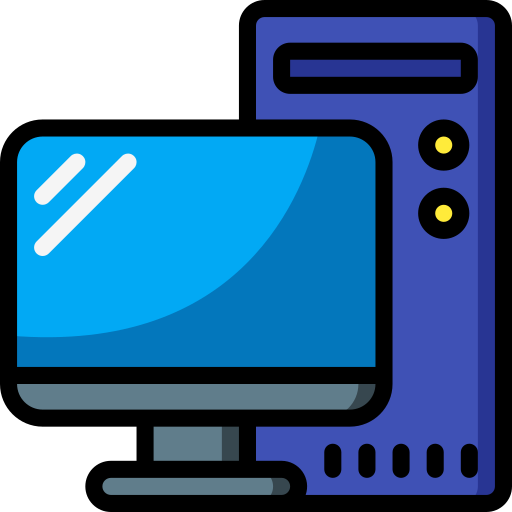- 1 Post
- 2.3K Comments

 131·3 hours ago
131·3 hours agoSurely nobody would ever march their army on Rome.

 292·4 hours ago
292·4 hours agoWe’re going back…

 41·16 hours ago
41·16 hours agoFun fact: organic growers use pesticides. And the food is no healthier.

 3·16 hours ago
3·16 hours ago“But it works for meeee!”

 5·16 hours ago
5·16 hours agoInstall is the easy part. Nobody ever thinks about maintenance.

 206·1 day ago
206·1 day agoAnd that’s how you’ll be justifying it for the next 4 years. Awesome job. I sure hope Kamala learned her lesson.

 81·1 day ago
81·1 day agoLeftists: How could it get any worse?
Trump: Hold my beer.

 13·1 day ago
13·1 day agoI had the same thought - an entire 8U rack to hold a single raspberry pi with an external drive?

 21·2 days ago
21·2 days agoI mean… They will though right? We’ve all seen this movie before.

 29·2 days ago
29·2 days agoI think adults can and should disagree on things and feel free to voice opinions - especially if done as civilly as this. Not “this sucks” but just “it’s not too my taste”.

 7·2 days ago
7·2 days agoA Philadelphia investor who chaired the Abandon Harris campaign in Pennsylvania and co-founded Muslims for Trump.
You didn’t need to be religious to be a religious leader.

 82·2 days ago
82·2 days agoWhen it comes to this issue, you can’t really say that Trump is that much worse.
Oh my sweet summer child… It can always be worse.

 8·2 days ago
8·2 days ago“don’t tell Muslims what to do” is what I would get every time I’d point out that Trump will do far worse.

 6·2 days ago
6·2 days agoWhat money?

 19·4 days ago
19·4 days agoYou’re making excuses for burning coal. I’m saying they shouldn’t be burning it at all.
Why the hell did they ban nuclear before coal anyway? That was just stupid.

 32·4 days ago
32·4 days agoWe?
It was a stupid idea no matter who conceived of or implemented it.

 66·4 days ago
66·4 days agoWhich is why it was stupid to start shutting them down! 🤣

 162·4 days ago
162·4 days agoBUT THE DEMOCRATS LEARNED A LESSON RIGHT???

To the 1950s.